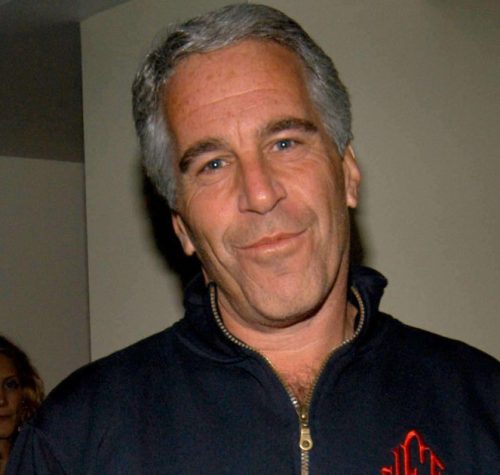
Border Patrol Arrests Expand to Raleigh Amid Protests
As border control efforts surge in Charlotte, South Carolina, the ongoing immigration crackdown is now expanding into Raleigh, North Carolina. It comes as the state’s Democratic Gov Josh Stein is condemning the.








